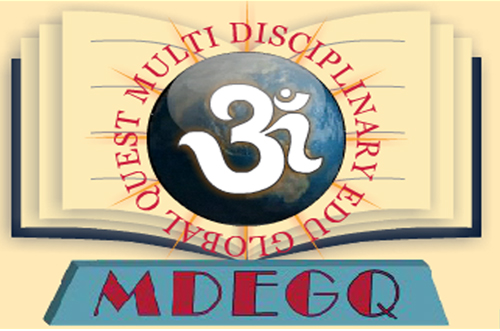THE MYTHICAL STRUCTURE, FOLKLORE AND SUBJECTIVITY IN GIRISH KARNAD'S NAGA MANDALA
“The real function of literature in human affairs is to continue myths’ ancient and basic endeavor to create a meaningful place for man in a world oblivious to his presence” says Vincent B. Leitch. In that context, Girish Karnad’s plays reflect upon contemporary Indian cultural, religious, psychological and social life through the use of myths, folktales and historic legends. His ‘Naga-Mandala’ revolves round the tale of Rani who is treated as a dumb member by her father and her husband, with neither voice nor choice. Naga-Mandala is consciously anchored in the ancient theory and tradition of Indian theatre. In it, it was concluded that though the last ending is not within the orthodoxy of Indian epic and Hindu philosophy, it can be viewed in the cultural context of Indian woman of today who seeks to fulfill her needs and aspirations. This paper tries to explore Girish Karnad’s technique of using different narrative levels and shows how in ‘Naga Mandala’ the superimposed stories lead to an exemplification of his vision of theatre as a unifying, total experience. Moreover an attempt has been made to depict contemporary Indian subjectivity, contemporary notions and contemporary discourses.
